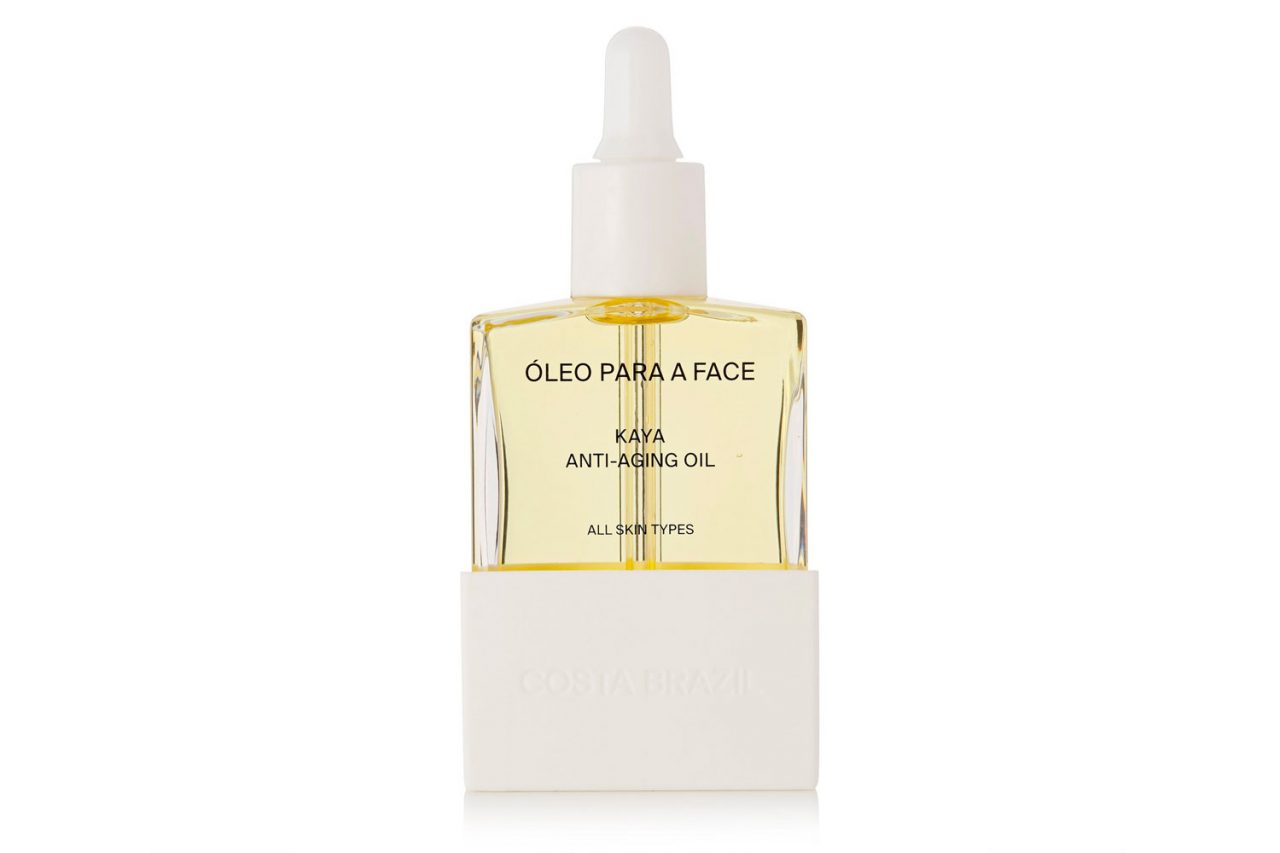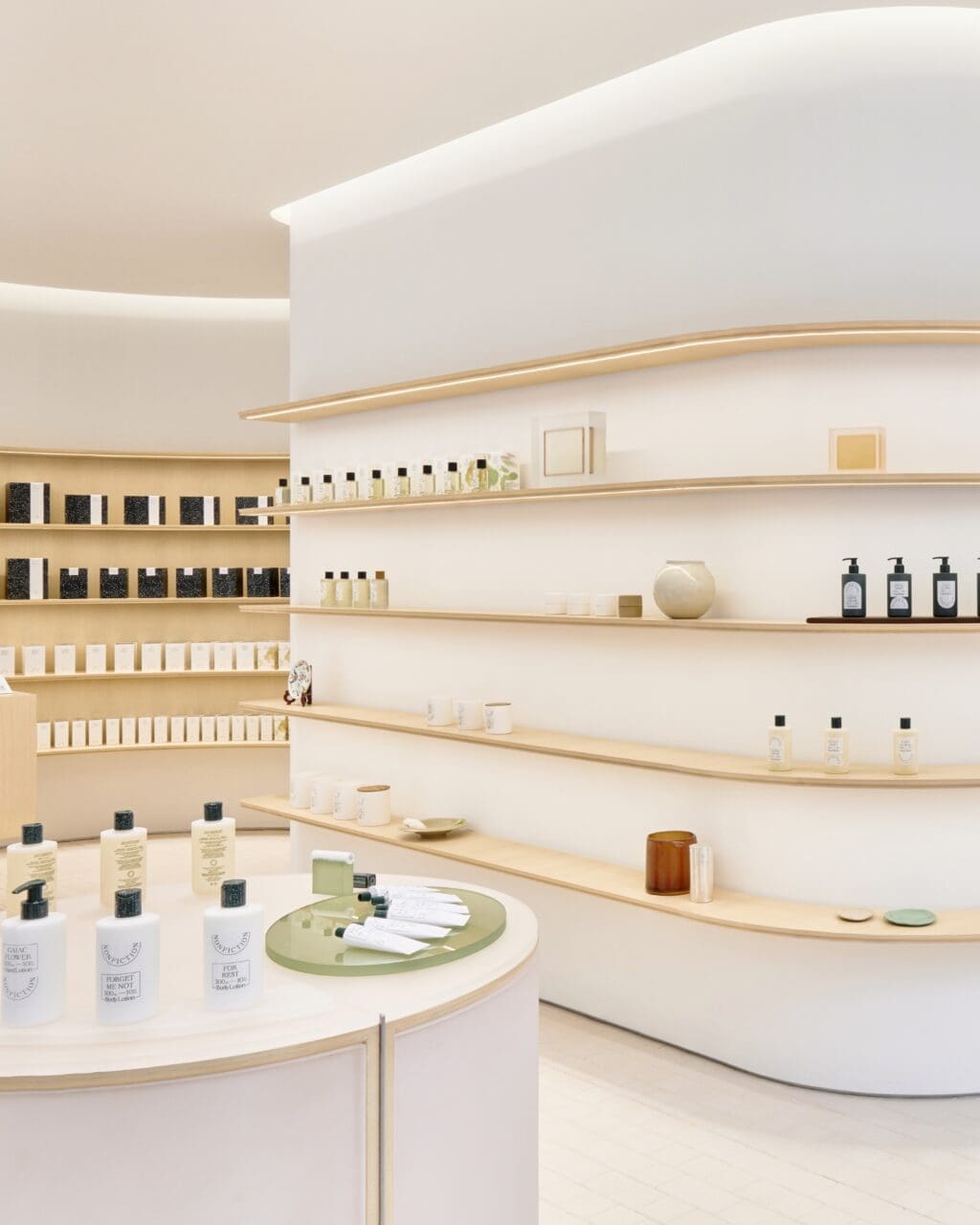Everyone’s making the jump to “clean” beauty, but is it actually better for you, and are all natural products safe? We read between the lines of ingredients lists, safety regulations and clever marketing tactics to break down everything you need to know about the beauty industry’s explosive clean movement.
Where did the clean beauty movement come from?
Natural and organic beauty products have existed as long as cosmetics have but it wasn’t until a few years ago that they expanded from “hippie” wellness stores to the luxury aisles of Sephora and Net-A-Porter. Many call it the Goop effect, as per Gwyneth Paltrow’s natural health company, pointing to a rising obsession with wellness and detoxification, and increasing mistrust in synthetic ingredients found in mass-market products.
With more access to information than ever before, consumers are becoming more knowledgeable about the possible risks of synthetic ingredients and their links to skin irritation, hormone disruption, and cancer. In search of transparency, consumers and producers latched on to the hook of “clean beauty” as a safeguard for non-toxic ingredients.
Gwyneth Paltrow launched Goop in 2008 as a weekly newsletter
Photo: Getty Images
But don’t just trust the labels
Labels such as “natural,” “clean,” “green,” and “hypoallergenic” have no set definition or legal standard set by the United States Food and Drug Administration (FDA), meaning that companies in America are free to use whatever adjective they’d like when marketing their products regardless of the ingredients list.
How toxic or unsafe an ingredient is depends on which country you are in. The EU bans more than 1,300 ingredients while the US only outlaws around 30 ingredients based on historically relaxed regulations that haven’t been updated since 1939.
In March 2019, the US Congress made the first amendment in over 80 years by passing a new bill called the “Personal Care Products Safety Act,” which calls for the FDA to regulate the safety of ingredients used in beauty and personal care products, and grants them the power to make sure a minimum of five ingredients are tested per year to determine their safety.
In Asia, cosmetics regulations vary greatly, with Hong Kong being amongst the most relaxed. Under Hong Kong’s Consumer Goods Safety Ordinance, there are no restrictions on cosmetic products being brought in or imported as long as they are “reasonably safe” — if another major market approved standard in the world (e.g. the FDA) has deemed the product safe then the Hong Kong government defaults to this.
Vogue 1988
Photo: Arthur Elgort/Conde Nast/Getty Images
Not all chemicals are bad; not all natural ingredients are safe
There’s a growing misconception that all chemicals are toxic or unsafe. However, labels like “chemical-free” are meaningless because all ingredients have chemicals whether they are natural or synthetic — even water is a chemical.
Similarly, just because an ingredient is natural or organic doesn’t mean it won’t irritate sensitive skin. Some botanicals, essential oils and plant-based ingredients (like cinnamon or tea tree oil) are amongst the most common culprits of skin irritation.
Vogue 1977
Photo: Arthur Elgort/Condé Nast/Getty Images
Ingredients to Avoid
Everyone reacts differently to different ingredients. To stay on the safe side, here are the main ingredients to avoid.
- Parabens (methylparaben, ethylparaben, butylparaben, propylparaben) are controversial preservatives that are linked to hormone disruption and increased risk of breast cancer and reproductive problems.
- Phthalates are chemical emulsifiers often found in synthetic fragrances, hairsprays and nail polish. Phthalates can be absorbed through the skin and are linked to possible endocrine disruption, developmental and reproducitive toxicity.
- SLS (Sodium Lauryl Sulphate, Sodium Laureth Sulphate) can strip the hair and skin of its natural oils. They can often be too harsh and drying, contributing to rashes and irritations.
- Fragrance and Dyes are amongst the first ingredients dermatologists advise sensitive skins to avoid because they do not contribute to the efficacy of a product and contain some of the most common botanical or chemical irritants (including the above).
- Mineral oils (petroleum, petrolatum, paraffin liquid) are a cheap by-product of the crude oil industry that can clog pores and cause skin irritations.
- Silicones are also known to congest the skin.
- Chemical Sunscreens (avobenzone, oxybenzone, octocrylene, ecamsule): a recent study published in the Journal of the American Medical Association found that some chemical sunscreens are absorbed into the bloodstream at levels that require further toxicology studies to investigate possible cancer risks.
Clean, Non-Toxic Skincare Products We Recommend
Cleansers
Toners and Face Mists
Serums
Face Oils
Moisturisers
Sunscreen
Editor
Joanna Fu







































